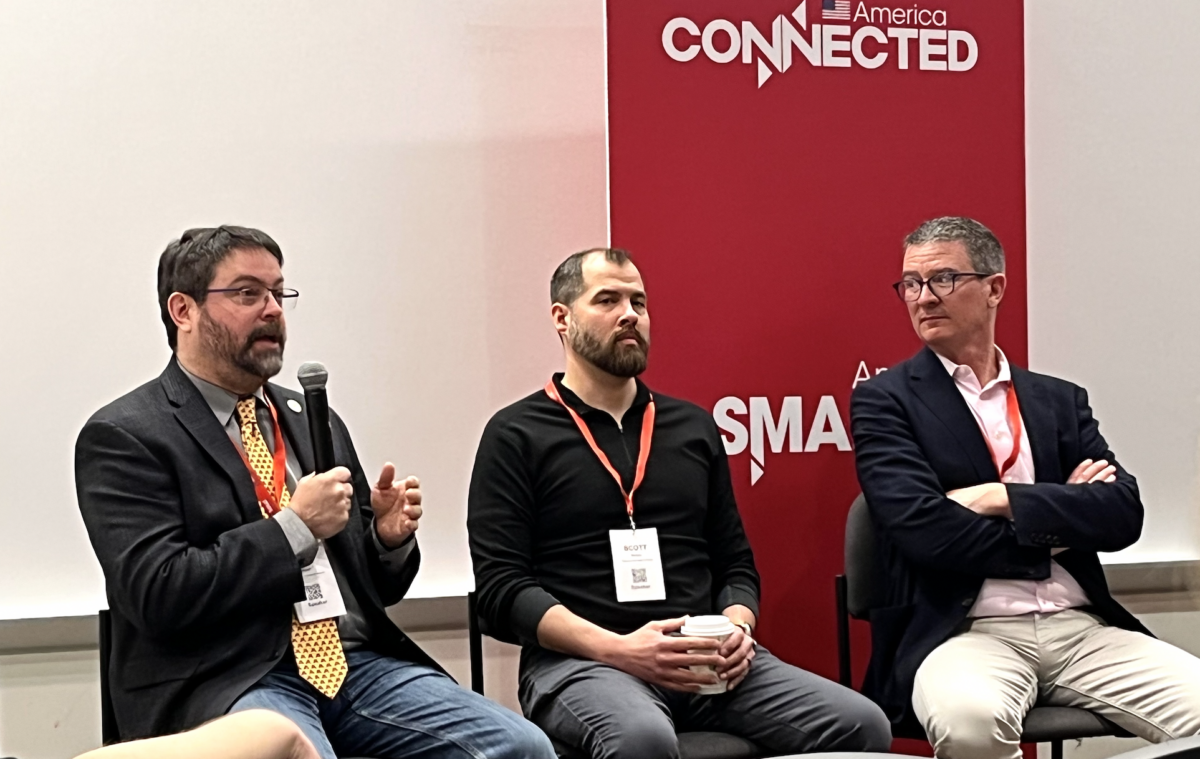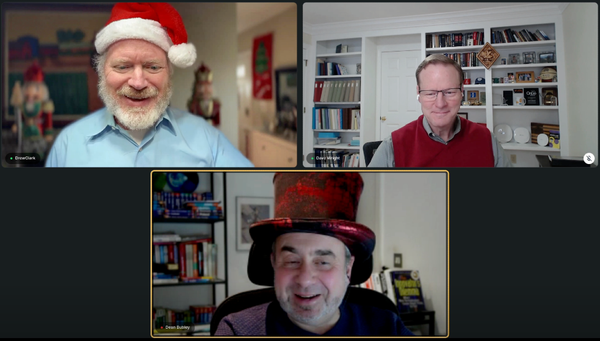Amid Flawed Federal Maps and Programs, Local Action is Key: Connected America Conference
Communities should take initiative in building out networks without waiting for federal funding, panelists said.
Em McPhie

DALLAS, March 28, 2023 — Industry experts at Connected America on Tuesday noted the shortcomings of federal broadband funding programs and the ongoing mapping process, emphasizing the importance of local community efforts to improve connectivity.
Although some of the initial deadlines have passed, the Federal Communications Commission’s national broadband map is still a major topic of discussion, said Will Mitchell, CEO of mapping software company VETRO. “How that’s getting deployed, challenged, updated, corrected, perfected and utilized is really the thing that’s on everyone’s minds right now.”
The initial version of the broadband fabric, constructed by CostQuest Associates, was accused of broad inaccuracies by several state broadband officials. However, Will Mitchell defended the FCC contractor.
“I think they’re doing the best job anyone can with the challenge at hand,” he said. “It’s an imperfect science and there’s a lot of work ahead still.”
Other panelists were more critical of the mapping process, noting the heavy administrative burden that the challenge process places on offices that are already stretched thin. In particular, Tribal nations have a definitive need for connectivity but little capacity to pursue location challenges, said Chris Mitchell, director of community broadband at the Institute for Local Self Reliance.
Forcing entities such as the Navajo Nation to “go over aerial imagery to try and prove that their [broadband serviceable locations] are out there is ridiculous, and it is a total failure,” he said.
Other initiatives, such as the Affordable Connectivity Program, have a similar administrative cost, Chris Mitchell added. But although he termed the program “financially irresponsible,” he emphasized that it currently plays an “essential” role in furthering connectivity.
“It’s something that isn’t the long-term solution, but we need it in the short term,” he said.
The “short term” might be quickly approaching its end, with many experts predicting that ACP funding will run out by mid-2024.
Ultimately, local communities should take initiative in building out networks — without necessarily waiting for federal funding, panelists said.
Chris Mitchell predicted that funds from the Broadband Equity, Access and Deployment Program would be largely directed at 10 to 20 million families that are currently unserved. While this is a valuable step, he said, another 100 million families are also waiting for better service.
“I keep hearing cities that will sometimes say, ‘We’re waiting to really do anything until we find out what we’re getting from BEAD,’ and… the answer is zero,” he said. “The areas where most people live are not going to be improved.”









Member discussion